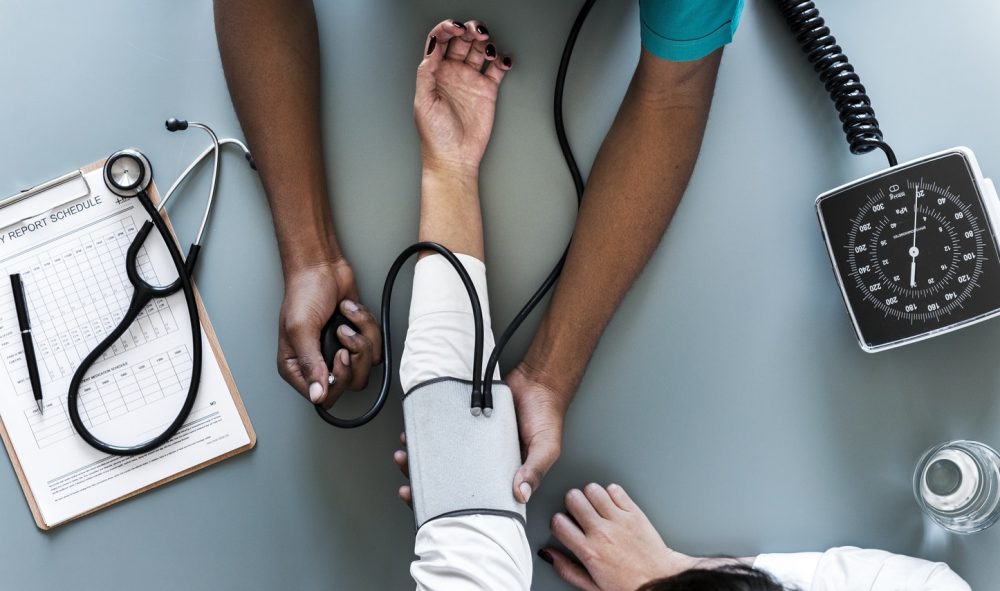
More adults get checkups and report better health after nurse practitioners gain the autonomy to practice primary care without doctor oversight.
America is facing a crisis in primary care. Following the authorization of the Affordable Care Act, the country’s uninsured population shrank drastically — about 20 million fewer people were uninsured in 2016 than in 2010, according to the National Center for Health Statistics. As the insured population grows, use of health care increases too.
Estimates of the projected shortfall for primary care fall between 15,000 and 35,000 physicians by 2025, according to a report from the Association of American Medical Colleges.
One group that might help address this primary care gap is nurse practitioners (NPs). When states authorize NPs to provide care and prescribe medications without physician oversight, NPs can practice as independent primary care providers. Eighteen states already have scope-of-practice laws that grant nurse practitioners such autonomy.
In fact, NPs make up a significant share of primary care providers in America — approximately 56,000 practiced in 2010, according to the federal Agency for Healthcare Research and Quality. For comparison, there were around 209,000 physicians practicing primary care at that time.
New research from the University of Hawaii and the U.S. Census Bureau explores the effects of scope-of-practice laws that grant nurse practitioners independence to practice and prescribe drugs on their own. The paper, published in March 2018 in the Journal of Health Economics, looked at changes in health care utilization and outcomes before and after nurse practitioners gained independence in Arizona, Colorado, Hawaii, Idaho, Maryland, North Dakota, Vermont and Washington.
They found:
- “The probability that an adult has had a checkup in the last year increases by 3.3 percentage points in the two years immediately after NP full independence.” They estimate this translates to a 5 percent increase in primary care utilization.
- After nurse practitioners gained independence, patients’ ratings of their health care quality went up. The researchers found an 8.6 percent increase in the number of adults who rated their care as excellent. The effect was even more pronounced among patients who said their main care provider was a nurse practitioner.
- Looking at self-reported health status, the researchers found increases in reports of excellent health after NP independence.
- NP independence is linked to reduced use of the emergency room. “Ambulatory care sensitive” visits — in other words, visits for conditions that can be managed by outpatient care — declined by 11.6 percent.
- The effects of NP independence were similar among many different groups, including women and men, those with and without insurance, urban and rural populations, and more.
- Areas that have a higher proportion of under-served individuals, however, had larger increases in yearly checkups after NPs gained independence. This might indicate that NP independence helps address primary care provider shortages, the authors write.
